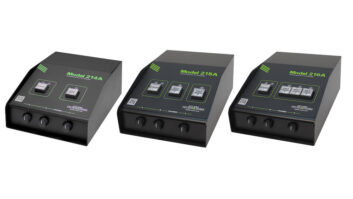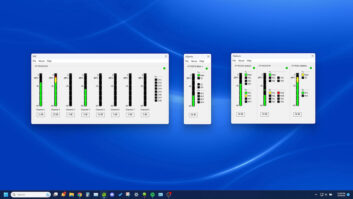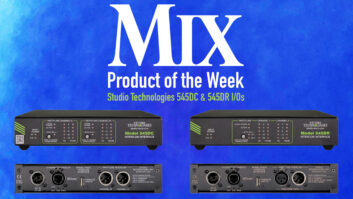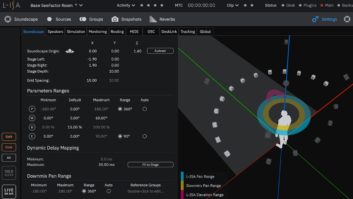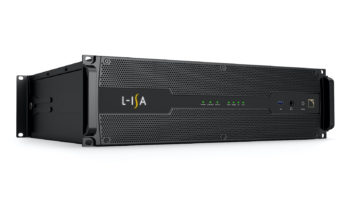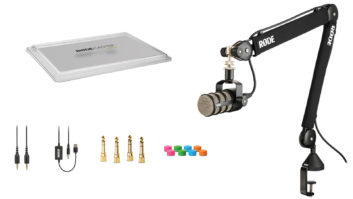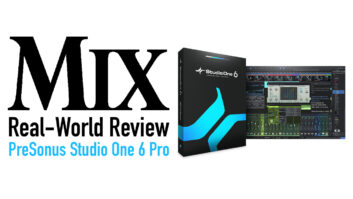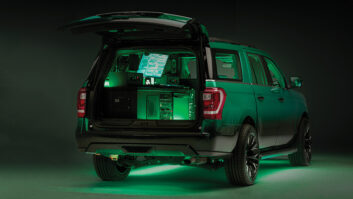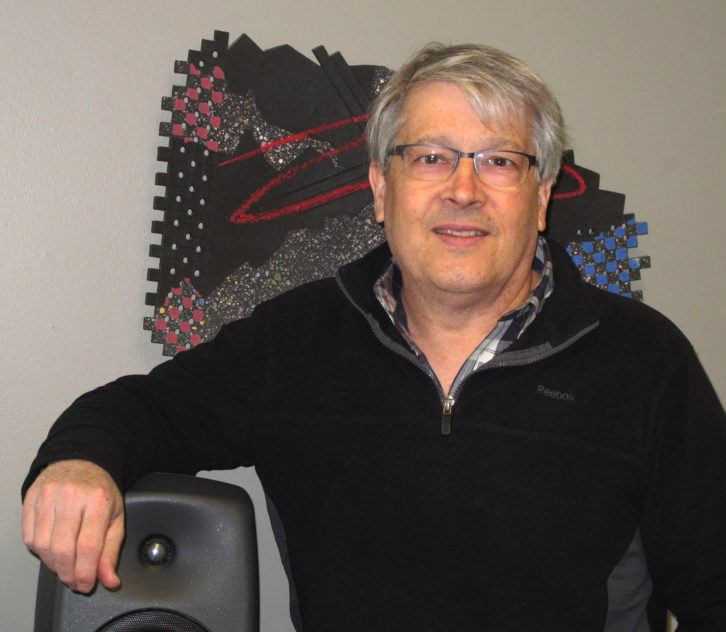
Gordon Kapes became interested in audio when he was a kid, and it’s been a cornerstone of his life ever since. He’s spent much of that time as president of Studio Technologies, which provides high-performance video, audio and fiber optic products for the professional audio and broadcast markets.
Kapes’ early interest in audio took root in the 1970s as he pored over Howard M. Tremaine’s Audio Cyclopedia, a tome he still regards as “the most comprehensive and authoritative reference volume on audio ever published.” Kapes’ growing technical interest led to studying electrical engineering at the University of Rochester, where he worked as chief engineer at the college’s radio station, before moving on to earn a master’s degree in management from Northwestern University.
“After college, I worked for a CBS television station in Chicago,” he recalls. “I enjoyed the job and the people, but I really wanted to go off on my own. I bought Studio Technologies from a friend in 1983 when it had one or two telecom products. My natural affinity for audio and broadcast inspired me to shift Studio Technologies’ focus, and by 2000, we were producing audio products exclusively.”
Today, the company has 16 employees, all based in the company’s suburban Chicago headquarters. “We recently bought a building and completely redesigned it as our high-tech home,” says Kapes. “It’s proven to be a great place for our staff and has encouraged our customers and vendors to visit. If you have a clean, well-organized, well-lit environment with modern technology, process controls and security in place, it gives them confidence that you provide a quality product.”
Studio Technologies’ staff handles all aspects of design in terms of hardware, software, product documentation and support. An engineering team of four works with technical consultants as necessary to help with specialized projects, and two people are involved in design for manufacturing. While a variety of vendors and contract manufacturers create subassemblies for products, including metal fabrication and board assembly, everything is assembled and tested at the company’s headquarters. “By keeping assembly in-house, we can easily adjust our production schedules to stay flexible and build what we need, when we need it,” says Kapes. “This allows us to be very efficient with engineering changes and firmware improvements.”
Over the years, Studio Technologies has brought more than 100 products to market, and Kapes attributes much of that success to the company’s interest in tackling new technical challenges and making the most of the R&D process. “I have always liked the creative side of product development—having an idea for a product and then being able to create it,” he says. “We’re always working on new product development. At the core, that’s what we really love to do! We have lots going on right now with both hardware and associated firmware designs. With many of our products, a download from our website and then an upload using a USB flash drive is all that’s required to perform a firmware update. One exciting thing that we’re working on is new firmware that uses programmable logic to implement an algorithm to improve partyline intercom audio performance.”
Launching more than 100 products over the years has required keeping abreast of new technologies and shifting market demands. It also means the company has learned a little about its customers—and how best to take care of them—along the way.
“Our goal is to make products that don’t need a lot of support,” says Kapes. “The best customer support is the customer support that isn’t necessary. If your metric is how quickly you handle customer service issues, you’re not driving what should be the real metric: how often do our products need that support, and can we design them so our customers don’t need it as much? When support is needed, we try to respond to all calls with personal attention and the hope that each interaction will help us to make the products better.”
Since the company is hands-on and agile, making a product better isn’t necessarily a matter of lengthy product cycles—sometimes it’s a matter of minutes. Kapes fondly recalls, “Over the years, we’ve been very responsive to the feedback we receive from our customers in order to improve our existing products and help guide product development. Having a small team, we’ve been able to respond very quickly—in one case, we released new software in just a few hours!”
These days, most of Studio Technologies’ customers work in field sports production, live television, multimedia events, streaming, or broadcast video and radio. That said, the company is looking at how its offerings can be applied to other emerging areas, which has resulted in products for esports and aerospace applications.
The thought of a high-end broadcast manufacturer creating esports equipment might seem unlikely, but it is actually a snug fit, not only with the company’s product line but also its philosophy: “We just try to do things that are unique, and we hope to provide value for those customers who are willing to invest in our products,” says Kapes. “Our goal is that once purchased, our products will serve a customer’s needs for many years. We often get products in for repair that are 10 to 15 years old.”
Not all of Studio Technologies’ products are unique, says Kapes, and that’s sometimes by necessity. “We stay aware of what other firms are doing and offer products that both compete with and, if applicable, exceed the performance of what’s available. Typically we’ll do our own take on what features are offered and how they are implemented. While we like to be unique, it’s important to understand the big picture, that our products may need to be compatible with gear offered by other firms—more and more often, interoperability can be a key factor in being selected for an application.”
The same could be said for Studio Technologies itself—as the world becomes ever more interconnected, the company’s products are now increasingly expected to work in different environments around the globe. Kapes explains, “We do a lot of work with U.S.-based customers, but more and more it’s international. For the past 10 years, we’ve tried to design every product so that it’s applicable worldwide from the standpoint of standards compliance, mains voltage requirements, packaging for shipping and meeting a broad range of performance requirements.”
Nonetheless, Studio Technologies has been focusing of specific areas of product development in recent times: “The transition from baseband audio and video to everything being transported as IP over Ethernet has made audio over IP a big push for us. Several years ago we licensed Dante, and since then we’ve created over two dozen products in the audio and intercom area. We’ve also created products that support the emerging SMPTE 2110 suite of standards.”
As the company moves into those markets and others—Kapes teases that the company is “looking into the needs of podcasters”—a key goal across the board will be to answer customers’ needs in a clear and satisfying way. As he notes, “We hope that people have a positive experience with Studio Technologies, whether they are first learning about our products, buying them from one of our channel partners, or taking them out of their cartons and actually using them. After 30 years of following these ideals, I think our customers have that impression, too.”
Studio Technologies • www.studio-tech.com
